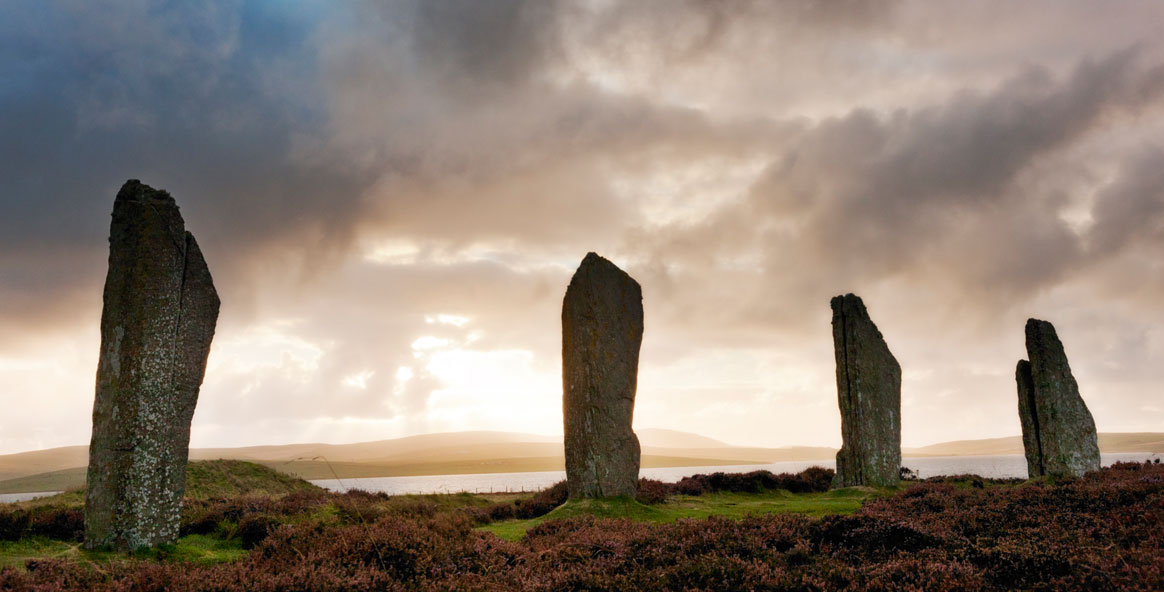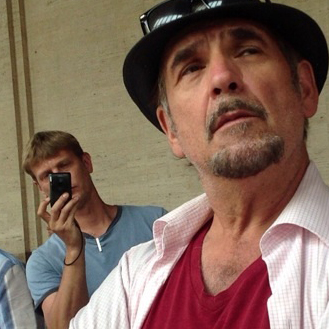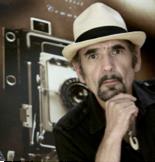Gabriel Beristain
As you began your career, what films/cinematographers did you study and why?
My studies began in a rather academic approach, studying Billy Blitzer and his work for D.W. Griffith and, at the other end of the spectrum, Eduard Tisse’s work with the Soviet master S.M. Eisenstein. I then began going back and forth between Europe and America, from the surrealist experiments of Buñuel and Dali, to German expressionism and Italian Neo-Realism, French Nouvelle Vague, Film Noir and musicals, as well as American film legends like Wilder and Orson Wells.
What other artistic fields influence your work?
Nowadays, I keep in touch with students and friends through social media, and although I mention films, the bulk of my postings now are about Opera, theatre, exhibitions, museums, etc. As a student in England, I knew the National and the Tate Galleries by heart. Here, in the U.S., I am a friend of the L.A. Opera and I follow the screenings at the Met. I’m a big fan of the Actors’ Gang and, needless to say, of great photography and music.
Filmmaking is the only art form that encompasses in a very clear and definite way, most of the others – the visual, the scenic, the literary and music. For every project I’m involved in, my folder (or hard drive) is filled with ideas, images, notes and references – never more so than when I was doing Caravaggio directed by Derek Jarman.
Give us an example of a movie, a sequence, that says “this is what making movies is all about”.
Because of its close affinity with most other arts, filmmakers tend to forget that film has a language of its own, and a very specific one. David Mamet once told me that the needs of the camera must be a character in the film. I totally agree. There are so many great examples of what a movie is all about – but one of my favorites is Cabaret, a fantastic story that celebrates most of the source materials that make for a great film but also flaunts its own film grammar. With a visual metaphor here, or a powerful and precise editing cut there, and supremely staged everywhere, Bob Fosse and his cinematographer, Geoffrey Unsworth, managed to create a film that resonates in many, many different levels with the collective consciousness of its audience.
What is one of your favorite locations that you’ve shot and why?
I have been to so many places in the world that it would be unfair to single out one.
If I must, however, I would pick the Orkney Islands in Scotland. Why? Because the North Sea and the Atlantic meet there, because it is a spectacular sight, because the light is absolutely wonderful at every time and yet it changes constantly, but, contrary to the idea that sometimes you have good light and then turns into bad, there the light is fleeting but every change has its own beauty.
If you hadn’t become a cinematographer, what would you have done?
It depends on which stage in my life. I went from wanting to be a mathematician to wanting to be a political activist, teacher, polo player, Tai Chi master, alternative medicine healer, film director, environmentalist, film producer and yoga master.
As you speak to others who have the passion for the industry you do, what kind of advice do you pass on?
You have been given a great present with the new technologies, so do not mourn celluloid; honor it in your heart but move on. Now you have great and affordable recording devices, fantastic editing programs, and popular distribution outlets. What are you waiting for?


